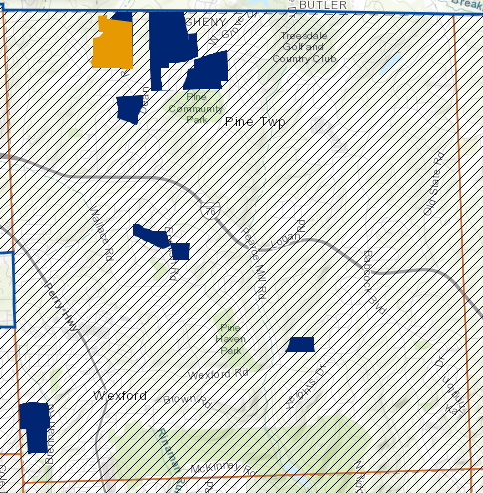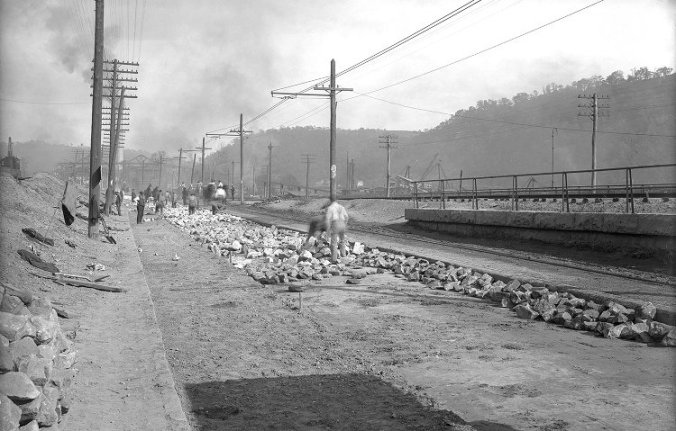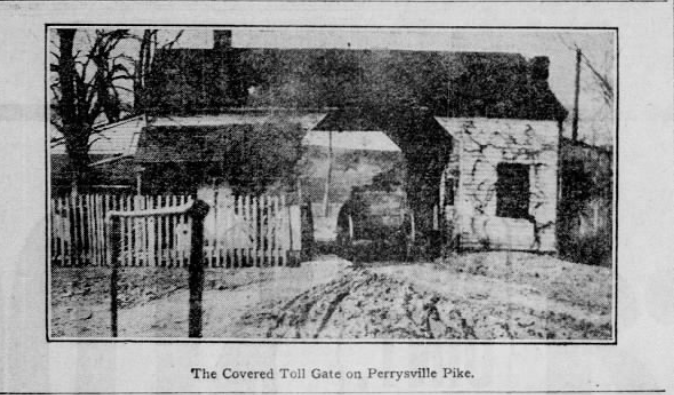A short, but sweet blog that I consider unfinished.
Please read the whole thing. It is really short. But I need help finishing this article. Read it so you know what I need help with.
Several weeks ago, a reader told me about the protected farmlands of Pine. With so many developments being built it is interesting to see that Pine actually has quite a bit of protected farmland.
Most of the land in Pine is considered an Agricultural Security Area. The farmland owner applies for the security area and the ASA cannot be removed except by the landowner. The ASA gives the farmland protection from the Commonwealth from exercising eminent domain and it cannot be condemned without appeal to the advisory committee.
The owner also gets an interest rate reduction if they take a loan out on the property.
The designation doesn’t expire and cannot be removed except by the property owner although after seven years they may sell parcels of their land.
At first I think it is easy to think that the farmland protection is unnecessary because Pine is no longer an agricultural community. But growing up in the country (the real country – my high school was built on a working farm) I personally am thrilled that these landowners have utilized this program.
Variety is the spice of life and it is good to see a multitude of lifestyles in the township. Farms are beautiful and remind us of the cycle of life and they are so peaceful.
Plus, on a personal note, they remind me of home.

This map is from the Allegheny County Farmland Preservation Program. “Saving farms for the future, today!”
The blue indicates the protected farmland. The gold is another program, Agricultural Easement.
But this is where you come in. Does anyone know the owners of these farms? Can you tell them I’d like to know more?
Share this so we can find out more details of these working farms in Pine!
Do you own 10 acres? Maybe your land would qualify for some of these programs. Visit http://www.alleghenyfarmland.com/default.aspx?pageid=1 for more information.

